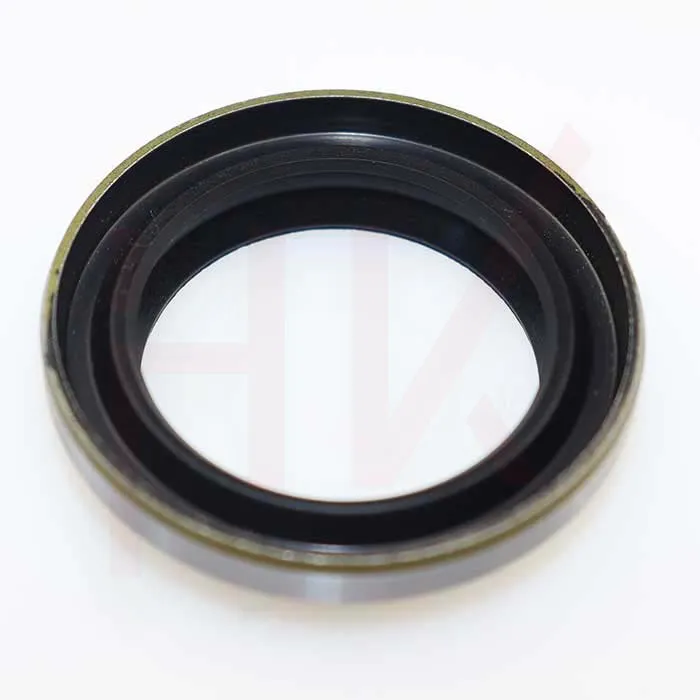11-р сар . 22, 2024 09:50 Back to list
hydraulic cylinder seal kits
Understanding Hydraulic Cylinder Seal Kits
Hydraulic systems are integral to various industries, from manufacturing to construction, owing to their efficiency in power transmission and motion control. At the heart of these systems lie hydraulic cylinders, which operate under high pressures to convert hydraulic energy into mechanical force. A crucial component that ensures the smooth operation and longevity of hydraulic cylinders is the seal kit. This article aims to provide an overview of hydraulic cylinder seal kits, their importance, types, and maintenance considerations.
Hydraulic cylinder seal kits consist of a collection of seals, O-rings, and other related components designed to prevent hydraulic fluid leakage and contamination while maintaining pressure within the cylinder. These kits are essential for ensuring the efficient functioning of hydraulic systems. When seals fail, it can lead to significant efficiency loss, increased maintenance costs, and potentially catastrophic failures. Therefore, understanding the composition and function of seal kits is vital.
There are several types of seals found in hydraulic cylinder seal kits, including dynamic seals, static seals, and backup rings. Dynamic seals are designed to create a tight seal around moving parts, such as piston rods, while static seals ensure that there are no leaks between stationary components. Backup rings provide additional support to dynamic seals by preventing extrusion under high pressure. The selection of appropriate seals is crucial, as each type is engineered to withstand specific pressures, temperatures, and fluid types.
hydraulic cylinder seal kits

When it comes to materials, hydraulic seal kits are typically made from elastomers, rubber compounds, and thermoplastics. Common materials include nitrile rubber (NBR), fluorocarbon (Viton), and polyurethane. Each material offers unique properties concerning temperature resistance, chemical compatibility, and wear resistance, making it essential to choose the right material based on the application. For example, NBR is widely used for its excellent oil resistance, while Viton is preferred for high-temperature applications due to its superior thermal stability.
The maintenance of hydraulic cylinder seal kits is critical for the longevity of hydraulic systems. Regular inspection and timely replacement of seals can prevent minor leaks from developing into major failures. Typically, users are advised to inspect seals for signs of wear, such as cracks, deformation, or discoloration. Moreover, routine maintenance should include cleaning the cylinder and ensuring that any contaminants are removed before installing new seals. This will help maintain hydraulic fluid purity and enhance the seals' lifespan.
Choosing high-quality hydraulic cylinder seal kits is equally important. Investing in reputable brands ensures that the seals meet industry standards and provide reliable performance. Various suppliers offer seal kits tailored to specific machine models or applications, which can simplify the selection process. Users should consult manufacturers' guidelines and seek professional advice when required to ensure compatibility and performance.
In conclusion, hydraulic cylinder seal kits are indispensable for maintaining the efficiency and safety of hydraulic systems. By understanding the types of seals, their material properties, and the importance of regular maintenance, users can prolong the life of their hydraulic cylinders and improve overall system performance. As hydraulic technology continues to evolve, staying informed about best practices and advancements in seal kit designs will be crucial for anyone relying on hydraulic systems. Proper attention to hydraulic cylinder seal kits not only mitigates downtime but also enhances productivity in a variety of industrial applications.
-
Unlocking the Potential of Hydraulic Systems with Essential Sealing Solutions
NewsAug.06,2025
-
Unleash the Power of Your Hydraulic Systems with Our Premium Seal Kits
NewsAug.06,2025
-
Specialized Hydraulic Seal Kits for Breakers, Pistons, and Presses
NewsAug.06,2025
-
Revitalize Hydraulic Systems with Premium Repair and Seal Kits
NewsAug.06,2025
-
Fortify Your Cylinders with Premium Sealing Solutions
NewsAug.06,2025
-
Elevate Hydraulic System Reliability with Specialized Seal Kits
NewsAug.06,2025
-
TCN Oil Seal Metal Ring Reinforcement for Heavy Machinery
NewsJul.25,2025
Products categories
















